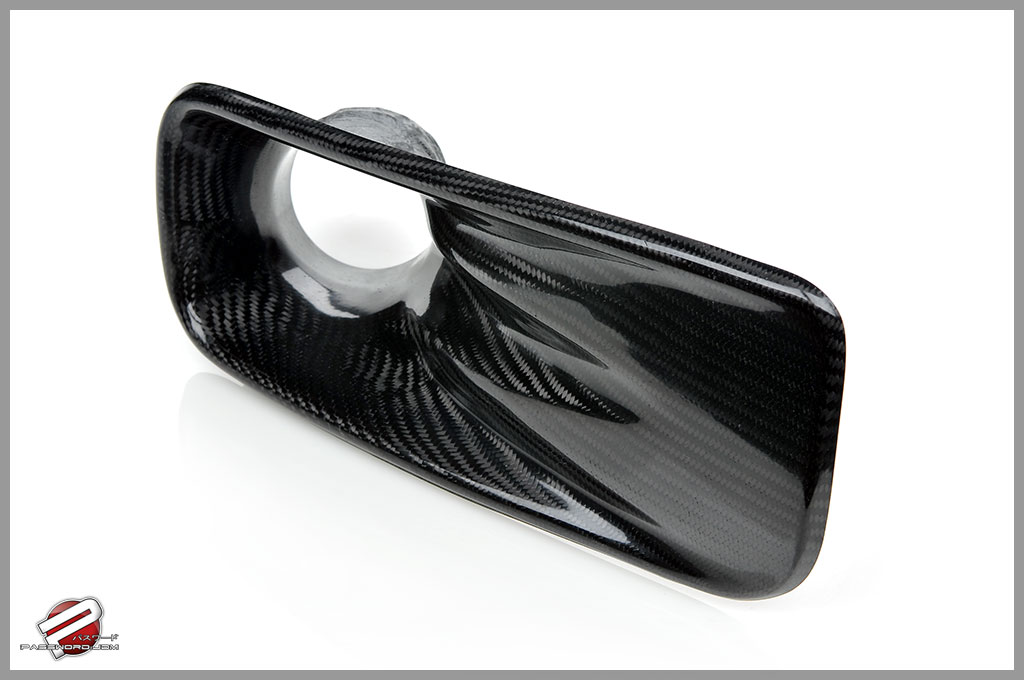
How to choose a cold air intake
Content
The addition of a cold air intake system is a common aftermarket upgrade for many sports car enthusiasts in North America. These power additives are developed by aftermarket manufacturers and are designed to replicate some of the benefits of nitrous oxide without the addition of chemicals. These performance intakes are fairly inexpensive and are usually designed for specific engine designs, making it easy to find and select an air intake for your vehicle.
While they are fairly easy to install, there are a few important things you should consider before making an investment. Below are some questions to ask yourself before you decide to purchase a cold air intake, as well as tips for choosing one.
What is a cold air intake?
If you are reading this article, you are probably trying to learn more about cold air intake before making an investment. The cold air intake is a replacement for the stock bolt-on air intake system that is designed to take air from the outside, pass through the air filter, and into the throttle body of a fuel-injected engine to mix with gasoline or petrol. diesel fuel. This creates steam which is injected into the cylinder heads and eventually into the combustion chamber for combustion. The cold air intake system does not "make" the air colder - it simply removes the heat generated by the stock air intake due to its location.
How is a cold air intake different from a standard system?
The aftermarket cold air intake system is different from the standard equipment that your vehicle is equipped with. Two changes from a standard air intake to a cold air intake system include:
- Air intake material change: Most stock or OEM air intakes are made of hard plastic with sheet metal for strength and durability. However, these materials absorb heat quite easily, which raises the temperature of the air entering the evaporative throttle body. The cold air inlet is usually made of aluminum or polymers that are less sensitive to heat.
- Moving the location of the air filter:The location of the air filter also changes. The filter is made of cotton-like material, which itself is a conductor of heat. The standard filter is usually located near the engine compartment, especially above the cylinder intake manifold. The cold air inlet moves the filter seat towards the front of the vehicle to dissipate heat for cooler airflow into the throttle body.
Why is cooler air important for horsepower?
Let's go back to the chemistry lesson for a second. If you remember, heat causes air molecules to contract. It also "eats" oxygen - which is why a fire will grow as more oxygen is available, and shrink or die when the oxygen is removed. Colder air has larger molecules and a higher concentration of oxygen. Since oxygen is a natural source of fuel for combustion, the more oxygen in your fuel vapors, the bigger the explosion inside the combustion chamber and therefore the bigger the power gain. The cold air intake helps increase power, but also tends to use more fuel, so fuel economy is usually reduced when installed.
How to choose a cold air intake system?
As with any aftermarket component, correct application is the most important point to consider. When choosing one for your car, consider these 5 factors:
1. Car design. Most cold air intake manufacturers design them for specific engine and vehicle types, years, makes and models. The first thing you need to do is make sure the product you order and install is the one recommended for your specific vehicle.
2. Material. The second point to pay attention to is the material. As we discussed above, the purpose of cold air intake is to remove heat, so colder air enters your engine. Thus, make sure you choose one that is made from heat-resistant materials.
3. Cold air intake style. The next issue to think about is the style or type of cold air intake system. Usually there are two: a short piston system and a real cold air intake system.
- Short piston system: The short piston greatly facilitates access to the air filter. Its design generally requires less "plumbing" or manufacturing work.
- True cold air intake: A "true" cold air intake puts the emphasis on moving the air filter as far forward as possible. It produces more extra cold airflow than the short piston design.
4. Flow in the intake pipe. The most efficient way to get from point A to point B is a straight line, so it's also important to consider the flow in the tube. This concept is of great importance for cold air intake systems. When you have straight hoses, air passes through more efficiently than significantly curved ones.
5. Water proof. It is also important to purchase an aftermarket cold air intake with good protection against water or wet weather. The last thing you want is for water to be sucked into the cold air intake as this can lead to catastrophic engine failure problems.
If you're thinking about buying a cold air intake system, the best resource is actually a performance expert for your car model. Search the internet for technicians who specialize in your vehicle and ask them which aftermarket air intake they would recommend.
